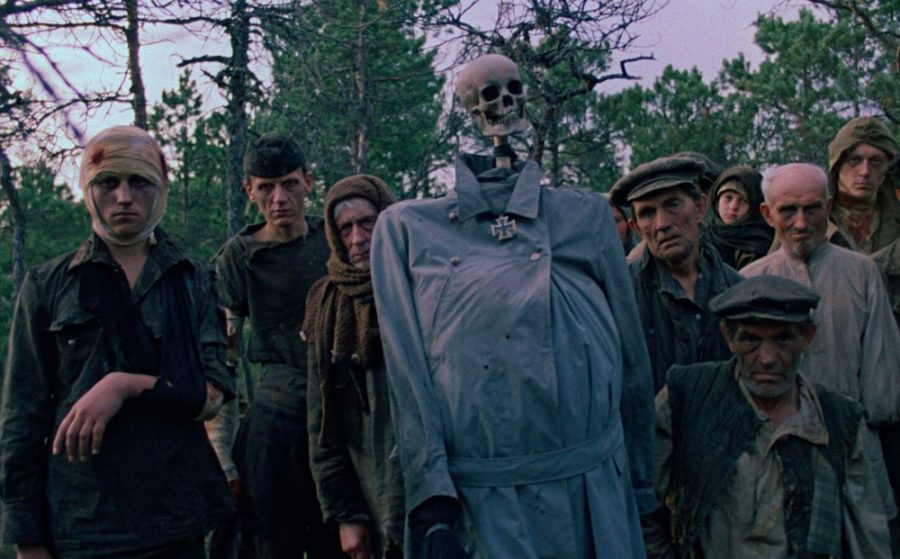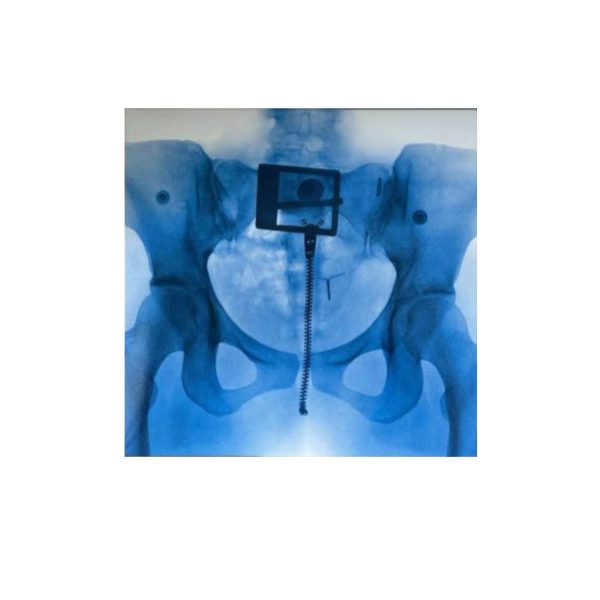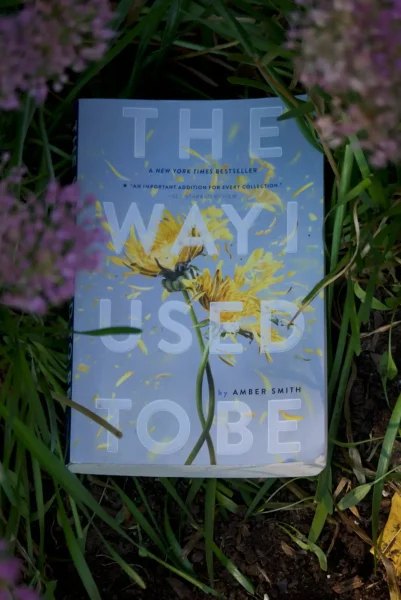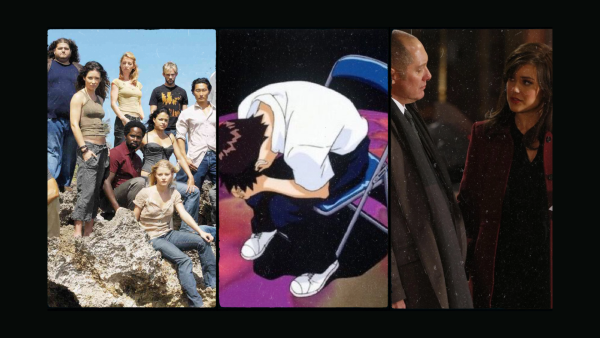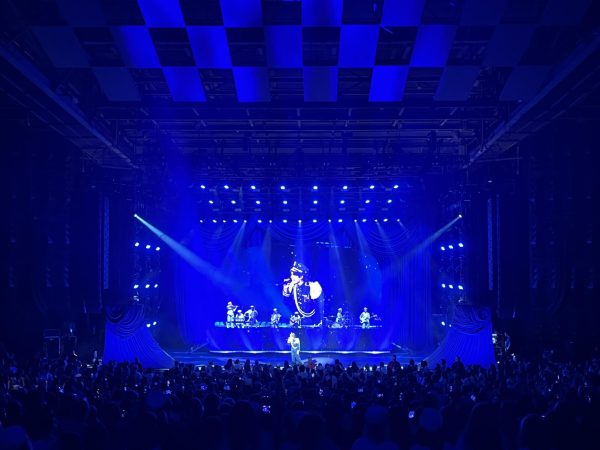“Come and See” Review
A retrospective on the 1985 film “Come and See,” and its shocking display of violence and war. The film gives a unique perspective on the story of World War II.
Even among so-called anti-war films, you will be hard-pressed to find one that does not glorify violence in some way. In this respect, Elem Klimov’s 1985 film, “Come and See,” is a rare find. There are no heroic acts or grand battles; only horrifying reality.
“Come and See” tells the experience of Florya, a boy who joins Soviet Partisans fighting the Nazi invasion of Byelorussia. The story never provides the opportunity for a hero to emerge. At no point in the film do the Partisans engage the Nazis in a tactical firefight. Even when Florya is being shot at, it is from a far off machine gun. This removes a tangible opponent in battle, replacing it with an unknown enemy. When the danger is coming from off-screen, it acts as a force of nature.
The film opens with Florya and his friend being spotted by a Nazi scout plane. It shows a foreboding shot of the plane circling high above. The same shot is used multiple times later in the film, appearing right before something terrible happens. The plane acts as a visual marker of a turning point in the film. Florya’s life changed from being a playful child to being thrust into the middle of war after seeing the plane for the first time.
Another repeating motif is the stork. It appears during the still moments, when Florya is happy. It has an almost absurd quality. There are other instances of this feeling: music plays for just a second when Florya goes into shock, and when the Nazis are carrying an old woman around in her bed. While moments such as these are a stark contrast from the rest of the film, they break the viewer out of the rhythm of the violence and force them to see the strangeness of the events.
“Come and See” is a brutal portrait of war, painted in mud and blood. Yet within it are incredibly beautiful shots. In the forest around the partisan camp, Florya meets Glasha, a girl who works at the camp. Together, they frolic among the trees and build a shelter out of pine branches. Straying away from the film’s muted palette, this scene is accented by the deep emerald green in the trees. Before the viewer has time to appreciate the tranquility, it is interrupted by Nazi artillery and paratroopers.
When bombs are exploding all around, sound becomes central. The soundtrack plays what Florya would be perceiving in that moment, instead of an objective account of each explosion. A high-pitched ringing plays, and the world is tuned out, leaving only the sound of Florya’s breathing. He goes into shock, as the sound brings the viewer there with him.
Real violence, wars and atrocities are happening right now all over the world, but for many, they just fade into the background of everyday life. “Come and See” shocks the viewer into stepping back and reconsidering what is actually normal.



